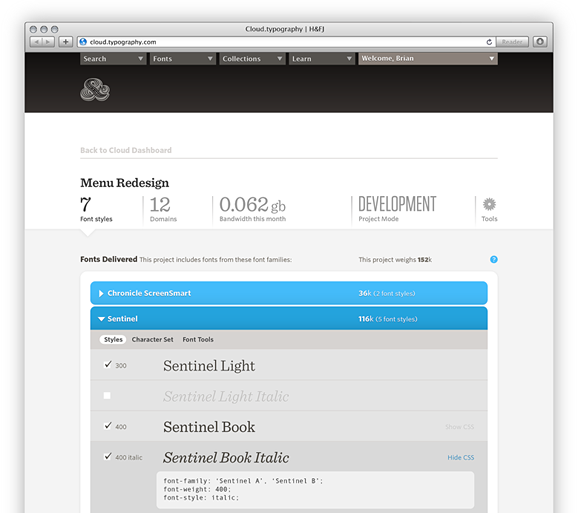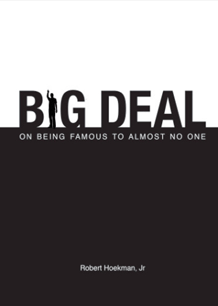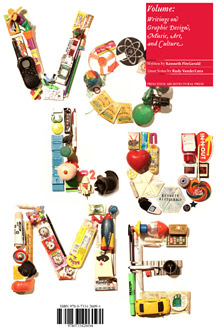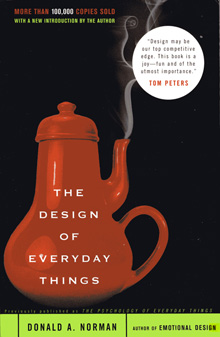Particleground: a jQuery plugin for background particle systems
Lately I’ve noticed a few sites using JavaScript particle systems as animated backgrounds. I was curious about the technique so I created Particleground, a jQuery plugin that creates a similar effect.

The particle system can be fine tuned using several configuration options, including a parallax effect which is controlled by the mouse on desktop computers or the gyroscope on smart devices. Particleground works in any browser that supports HTML5 canvas.




